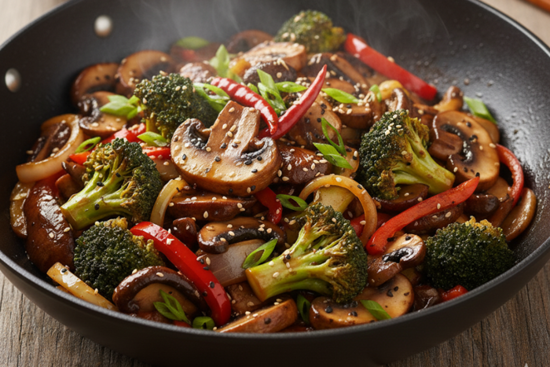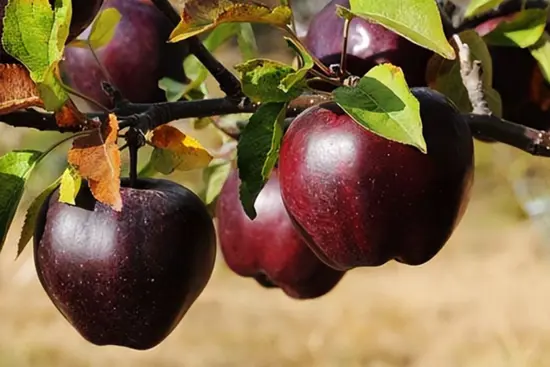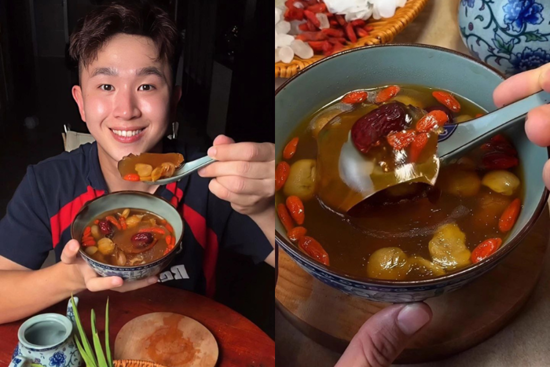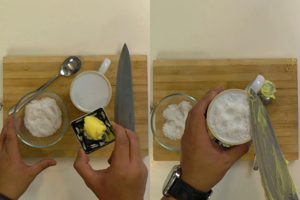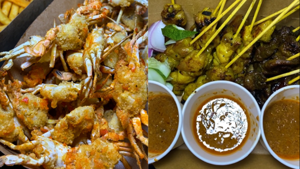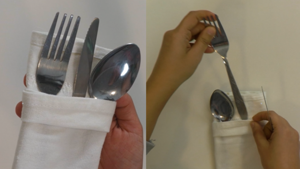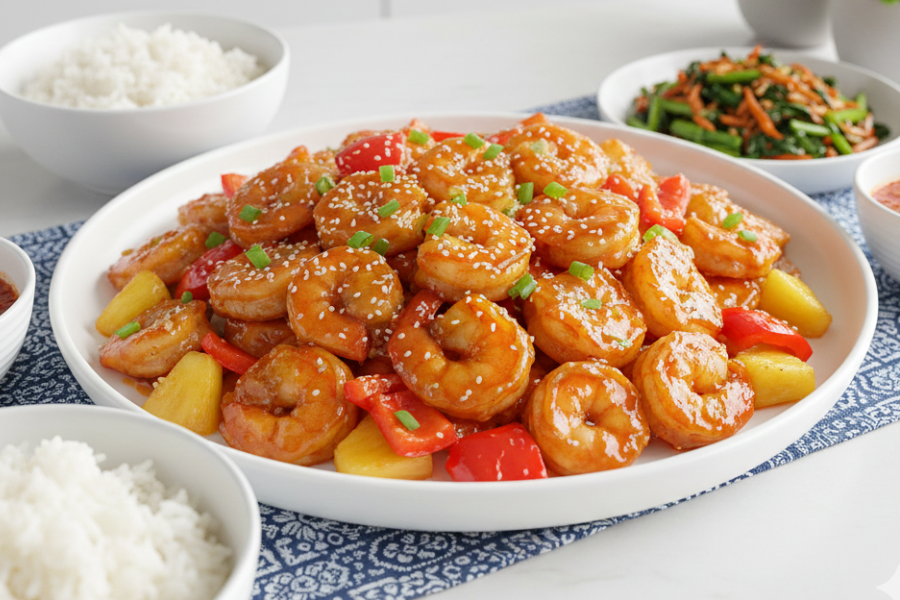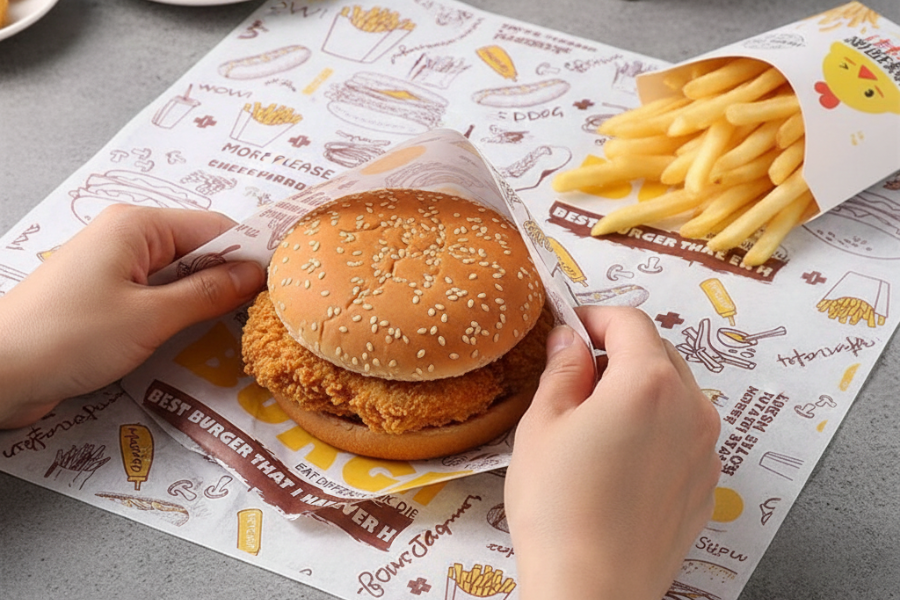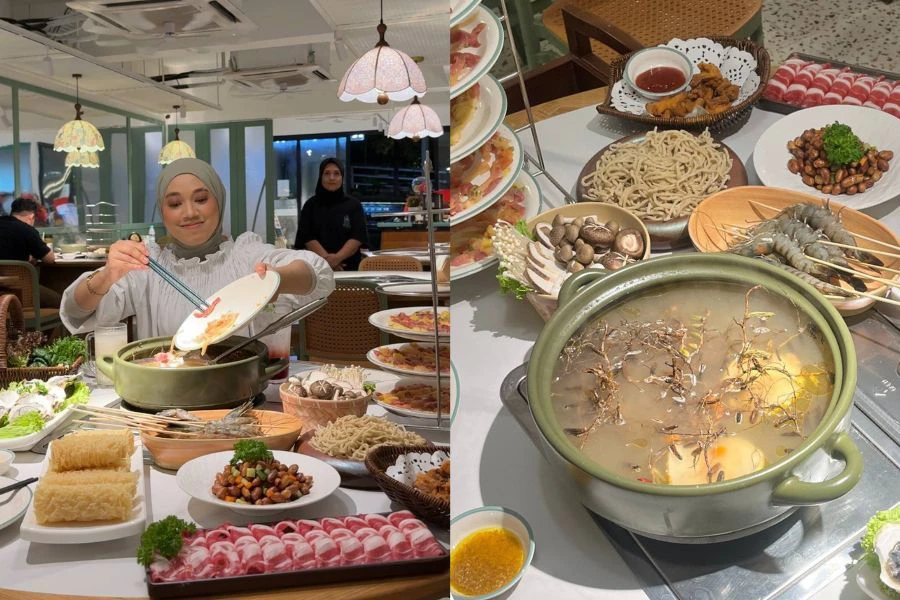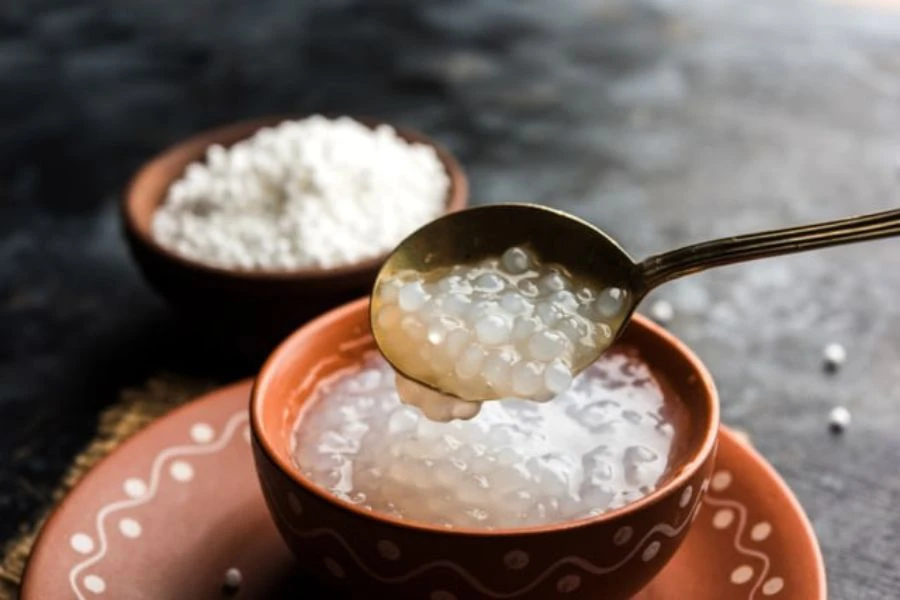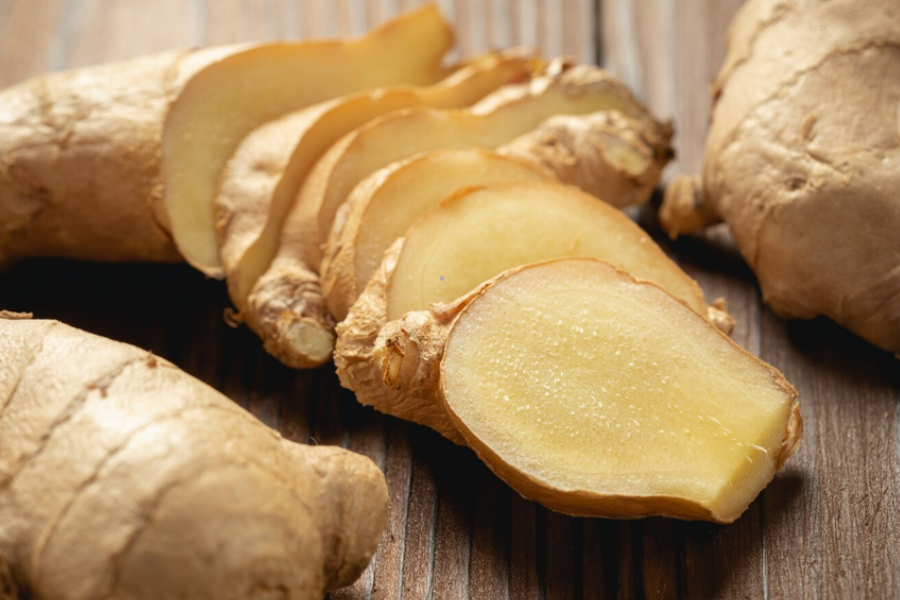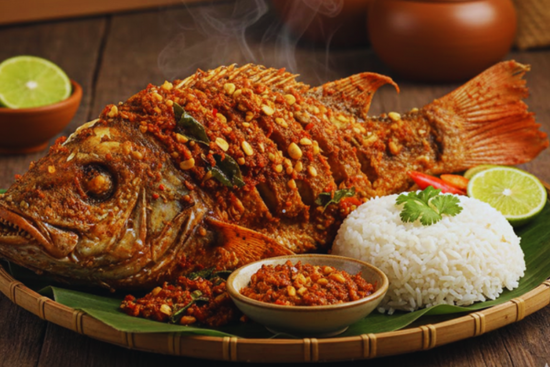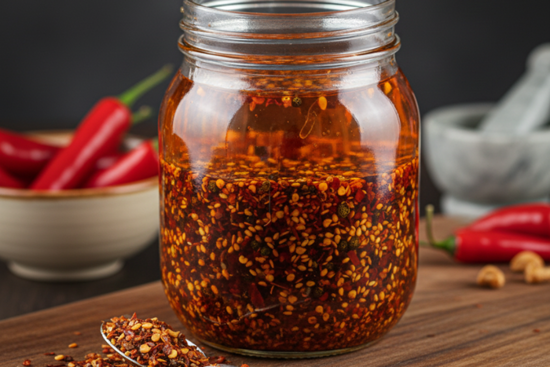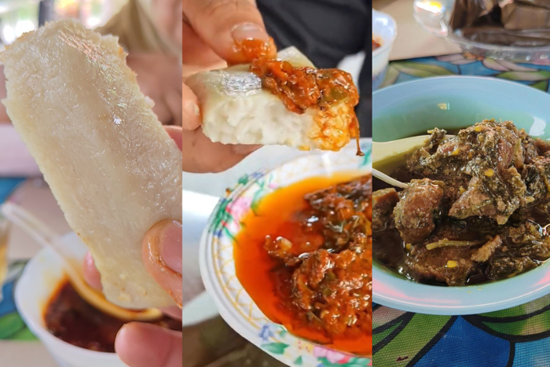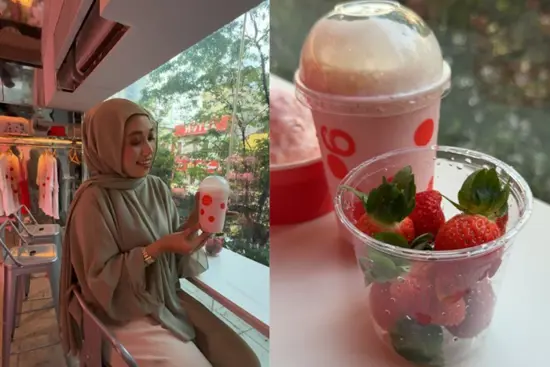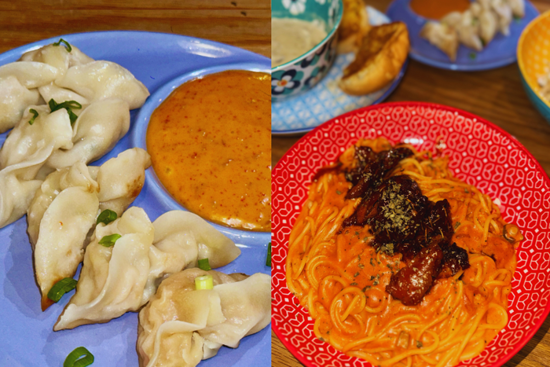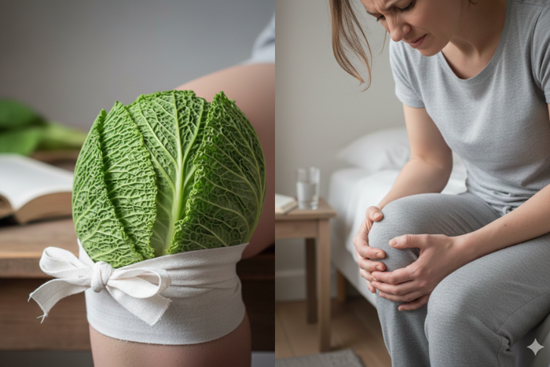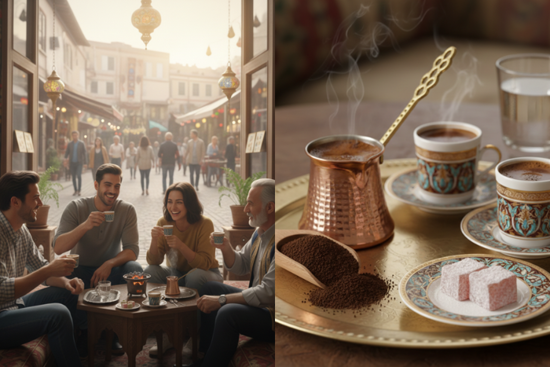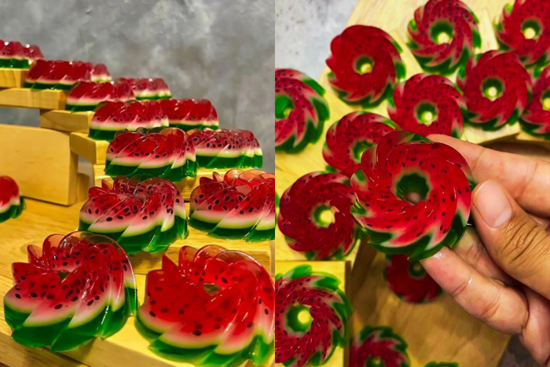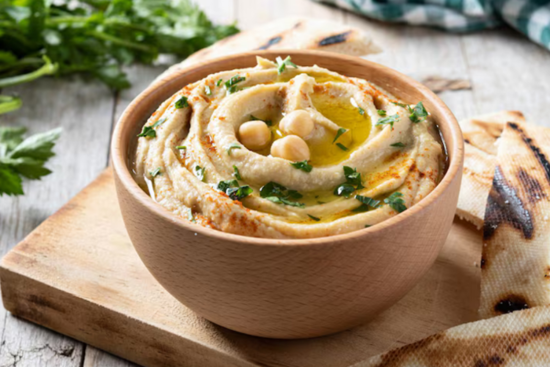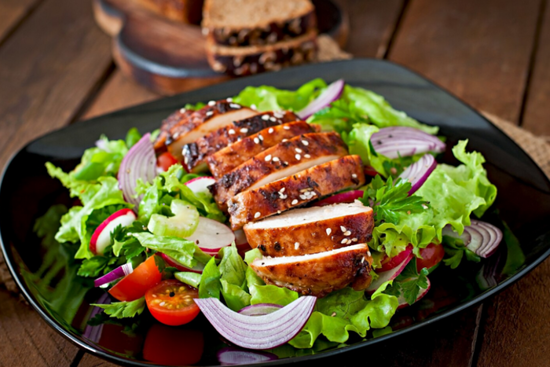terkini
Trending
Resipi & Bakeri
Singgah Makan
Lebih Menarik
KUALI | Trending
Gula-gula getah ada ribuan mikroplastik? Lelaki kejar 'jawline' kaku bila baca kajian penyelidik
SIAPA boleh buat belon pakai gula-gula getah kira hebat.
KUALI | Trending
Peniaga suka sebab murah, tapi kertas pembungkus makanan ada risiko tak halal
HATI-HATI, bab halal haram ni bukan setakat makanan saja!
KUALI | Trending
Kopi Turkiye bukan sekadar minuman, tradisi 500 tahun yang terus hidup
KOPI pun ada nilai sejarah menarik!
KUALI | Trending
Setahun tutup akibat salah faham, ‘port’ makan durian belakang pasar Taman Tun kembali beroperasi
BUKAN sahaja durian, cendolnya pun memang sedap!
KUALI | Pastri
Kombinasi seni dan rasa, ada cara mudah buat agar-agar tembikai
BOLEH jadi idea buat jualan, mesti laku!
KUALI | Nutrisi
Tingkatkan penghasilan susu ibu dan redakan sakit kepala, antara 8 kebaikan minum air rebusan halba
SIAPA kerap sakit kepala tu bolehlah cuba.
KUALI | Trending
Humus makanan vegan kegemaran dunia, ketoprak dari Indonesia masuk senarai 10 terbaik
MALANGNYA Malaysia tidak masuk dalam senarai ini.
KUALI | Menu Selebriti
[V] Alah kerang-kerangan, nyawa Nadeera hampir melayang - “Kalau lambat, mungkin saya dah tak ada”
JANGAN buat main-main kalau ada alahan.
KUALI | Trending
Konsep pasar raya percuma di Kanada jadi contoh, pelanggan kurang bernasib baik bebas pilih barang keperluan
BOLEH jadi contoh buat negara lain!
KUALI | Resipi & Bakeri
Sarapan cepat tapi berkhasiat, cuba salad ayam teriyaki ringkas ini
PENGGEMAR salad mesti suka resipi senang ni.
